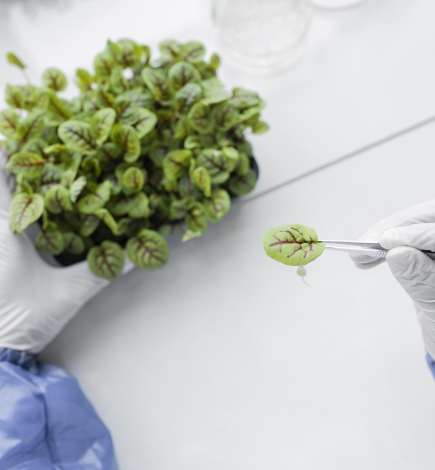

Discover our
Resources
Dive into our resources and discover the best practices on food science storytelling gathered by the FOODSTORIES partners along with Flash Cards on selected practices. You can also explore our exercises in the Tool Box resource.
Subscribe
Explore our
handbook
Curious to learn more about the best storytelling practices we collected? Dive into our Handbook on Food Science and Science Communication to learn more!

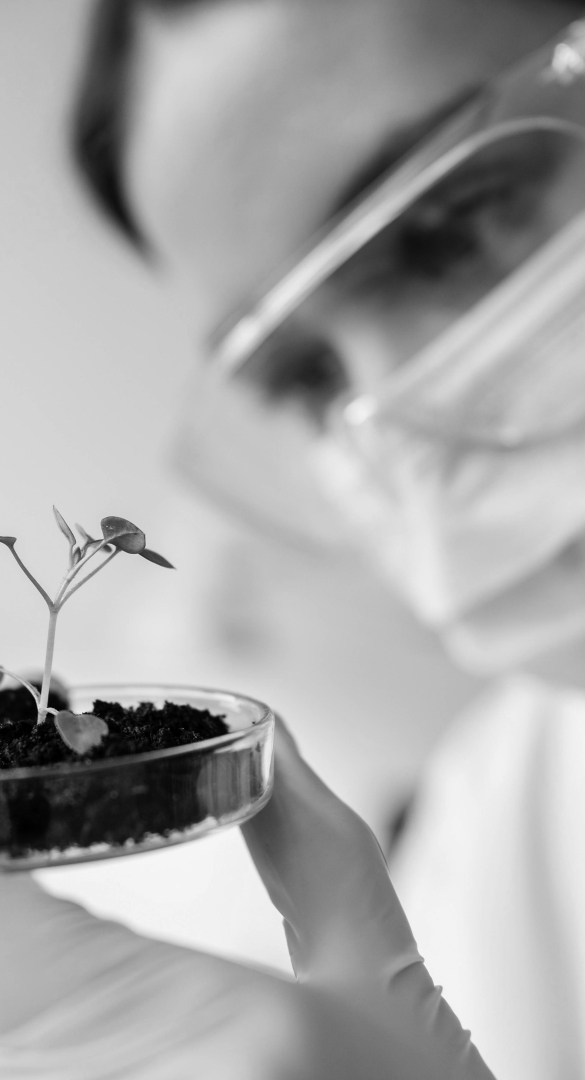
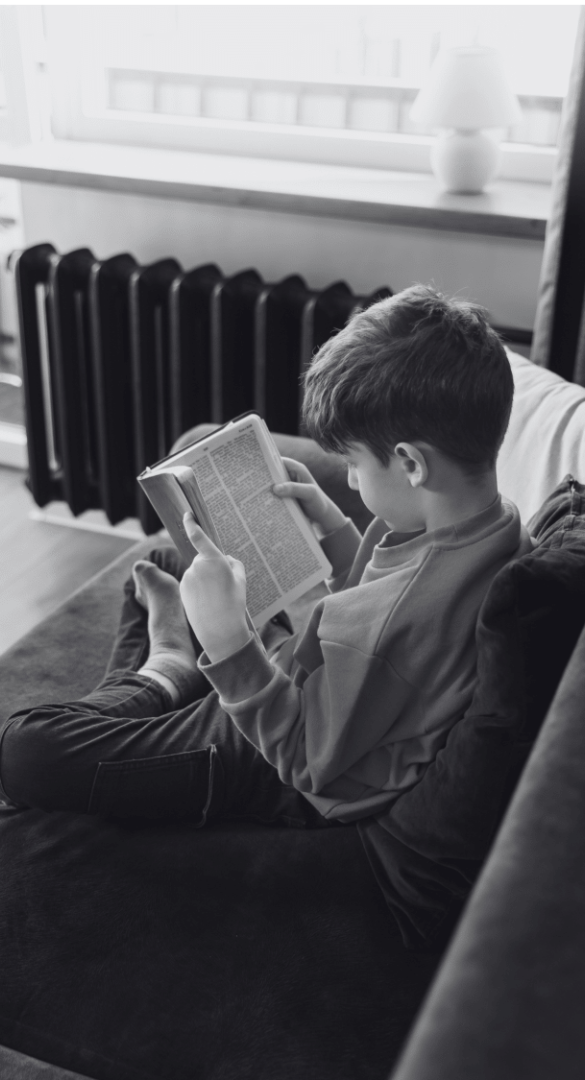




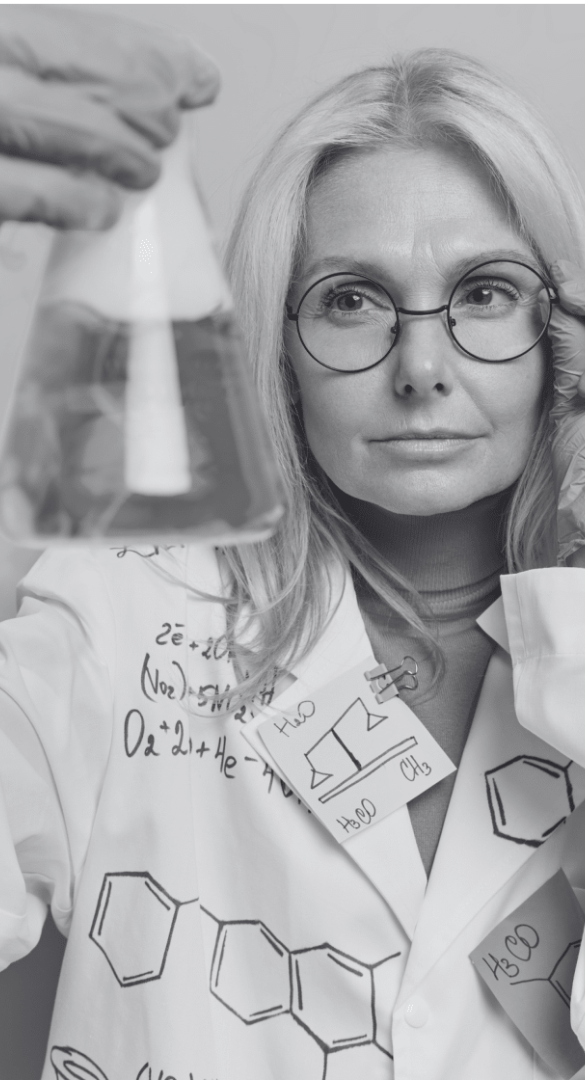

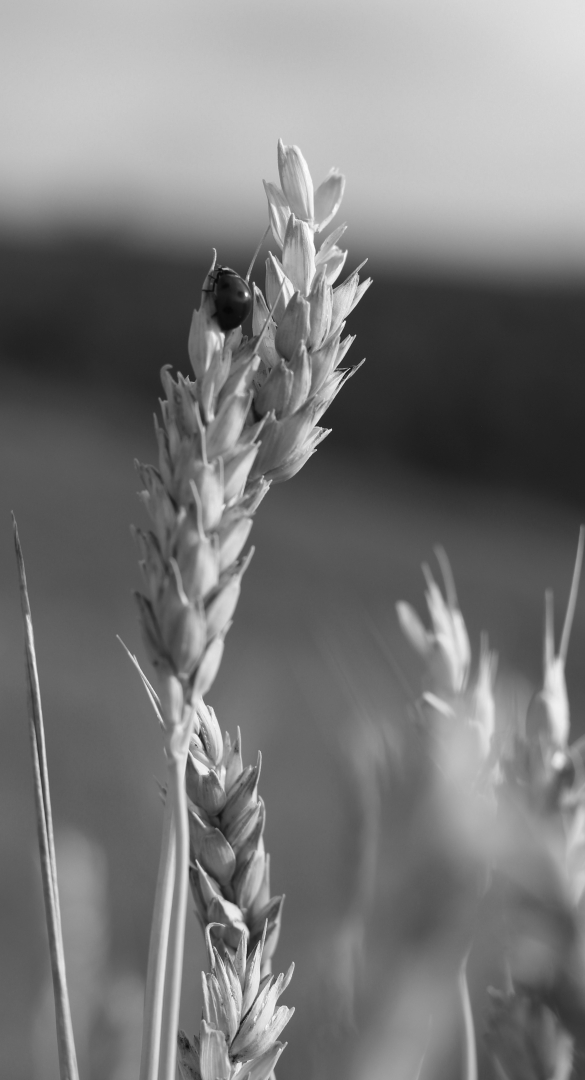

Best Practices
Using fictional narratives to make scientific papers accessible
Helena Hartmann's "Science & Fiction" (written storytelling) delivers short stories based on a single published academic paper, whose key scientific takeaway is made accessible for a non-expert public by embedding it into a fictional narrative.
For example, in the story “Emotion to go” the narrative revolves around a character named Isabella and a red and blue pill called EmGo. The story then draws a connection to a scientific paper that explores the influence of placebo analgesia on prosocial behaviour, indicating that positive expectations can impact how we perceive and respond to pain.

Best Practices
Bringing scientists back to school
The "Cientistas nas Escolas" (“Researchers at Schools”) initiative is part of the Raise4Future platform from the Raise European project that enhances science education by linking researchers and school contexts in order to inspire and educate students.
Through this initiative, scientists across Portugal return to their hometown’s primary school and make their research “kid-friendly”, letting young students find out more about what a scientist really does for a living.

Best Practices
Using children's stories to introduce STEM learning to different stages of childhood.
"Story-Based STEM Education" offered by STEAM LEARNING (UK) provides children with introductions to STEM topics via beloved children's books, featuring resources, examples, and instructional guidance.
One example is ‘Jack and the Beanstalk’ being used as the basis for introducing agriculture science through the planting of the bean (seed) to young children. On the website there are tools for teaching children to plant their own seeds and ties into and growing your own food.

Best Practices
A night dedicated to science
"The European Researchers’ Night" is an annual event held throughout Europe that aims to demystify science and research, foster public engagement, and spark curiosity about scientific endeavours.
This live event allows researchers to engage with the general public through a unique approach and showcase their research in an accessible way, promoting dialogue and bringing science closer to people.

Best Practices
Audio Storytelling
"Riflessi di Scienza" ("Reflections on Science") is a podcast series created by the University of Trento, Italy, and hosted by Andrea Brunello. This series takes listeners on an enthralling journey through the world of science, uncovering the deeply personal motivations that drive researchers. With original music by Stefano Oss, the podcast merges scientific inquiry with human stories, making complex topics accessible and engaging. It shows how personal motivations influence scientific research and to appreciate the role of storytelling in making science more relatable and human.
This best case highlights the importance of integrating personal narratives into science communication to bridge the gap between researchers and the public, demonstrating that science is not just a pursuit of knowledge but a deeply human endeavour.

Best Practices
Communicating science through chronological narratives
SEGES Innovation’s podcast mini-series, "Potato Blight - The Largest Inca Treasure" (audio storytelling) features interviews with potato experts to explore potato blight’s impact on society from a historical as well as scientific perspective.
Similarly to The Magical Orb and Cosmos, this podcast tells a historically chronological story that spans over hundreds of years. This distinct temporal and spatial setting (the plot) as well as sound effects and music makes the scientific information more contextual and engaging.

Best Practices
Using humour to highlight public health issues
Food Standards Scotland's "What is your Kitchen Crime?" Campaign uses humour and intrigue of crime stories with important messages about food safety and nutrition, addressing common mistakes that lead to food poisoning.
The engaging campaign features tongue and cheek posters of everyday people holding up mugshots with a board highlighting their kitchen crime such as ‘Chicken Washer’ or ‘Ham Sniffer’. There is a quiz on the website, with 20 questions which highlight your own ‘Kitchen Crimes’. It addresses serious issues, engages the audience through humour and educates the audience on food safety in the home.

Best Practices
Being part of the story: learning by doing
"CSI—The Science Behind the Show" is an educational activity designed to teach participants about the principles and techniques used in real-life crime scene investigations and forensic science.
The activity allows participants to learn about a wide diversity of fields (including biology, physics, and chemistry) in a hands-on way, by conducting experiments to try and solve the mystery of who the “criminal” is. Although originally focused on forensic science, the activity can be adapted to focus on food science variations, such as investigating food poisoning outbreaks or food fraud cases.

Best Practices
Using stylistic devices to explain complex phenomena
"Cosmos: Possible Worlds" (video storytelling), a documentary series hosted by Neil deGrasse Tyson, utilises many different storytelling techniques to clarify intricate scientific ideas, such as animated and live-action segments, heroes and villains, and stylistic devices, e.g. the so-called Ship of Imagination or the Cosmic Calendar.
For example, the Cosmic Calendar serves as a metaphor, i.e. a stylistic device that emphasizes certain features of paired phenomena, in this case to translate unimaginably large numbers into scales that are easier to comprehend.

Best Practices
Video documentaries role in educating audiences
BBC's video documentary trilogy "The Secrets of Your Food" explores the science and history behind our food habits from farm to fork to how it affects our bodies. Through engaging nonfiction storytelling, the view is captured by food science topics.
Presented by a scientist and doctor, the docuseries use of storytelling is a good example of structure, narrative and characters. It delves into the science of what we eat for example, why cheese can be smelly and how different regions produce different product. The presenters offer unique insight into the complex matters, explaining and engaging different audiences.
